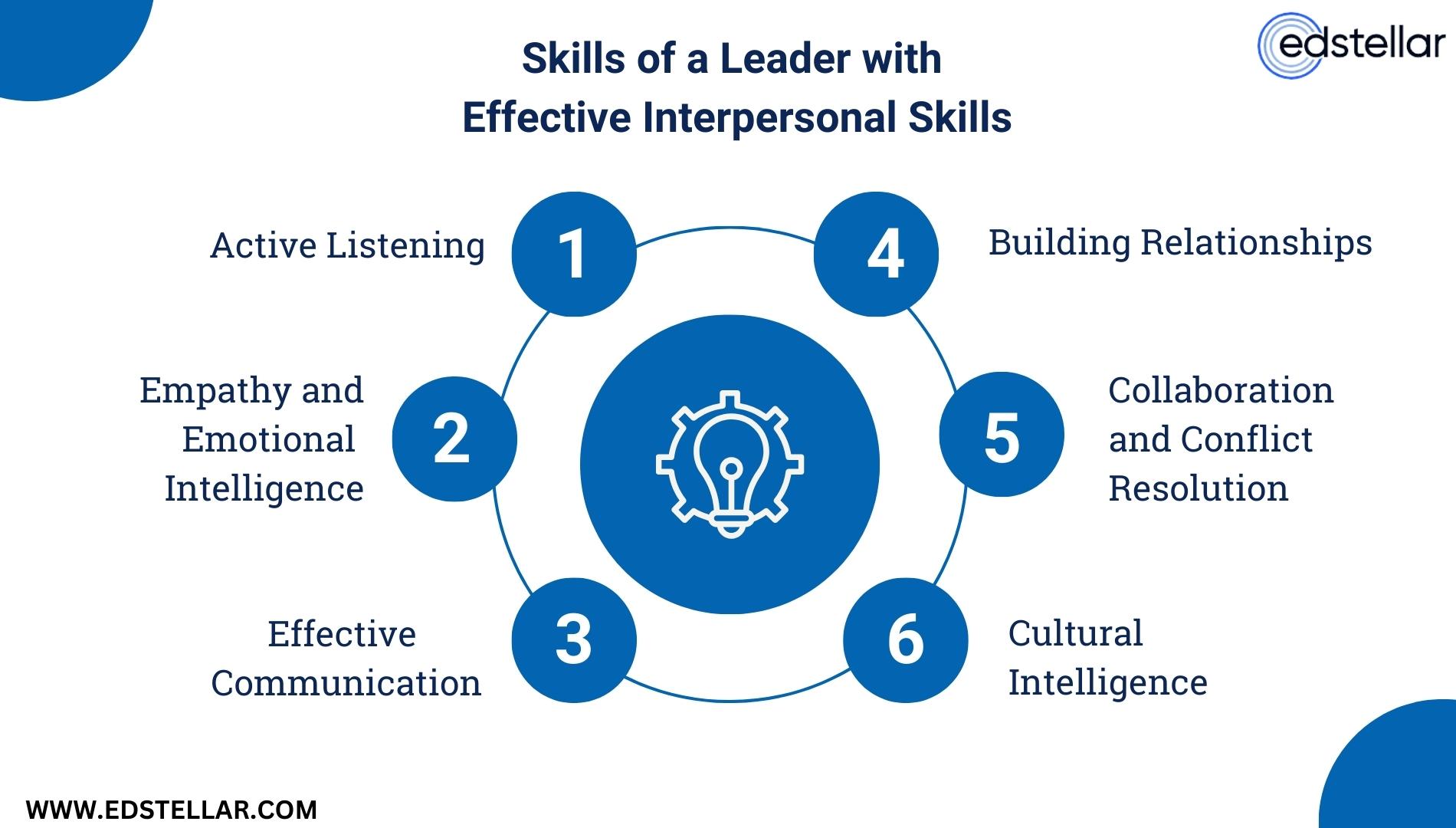Tech News
5 Proven Strategies for Enhancing Leadership Communication Skills

Effective leaders understand the profound impact of communication beyond information exchange. It involves inspiring, guiding, and empowering individuals. By refining leadership communication skills, one can trigger positive outcomes across organizations. Here are five proven strategies to enhance these skills further and create a significant impact.
Initiating with Active Listening:
Active listening, a critical aspect of effective communication, extends beyond hearing words. It requires full attention to the speaker, understanding their viewpoint, responding appropriately, and retaining the shared information. Exceptional leaders know that successful leadership begins with empathetically understanding the needs, aspirations, and goals of their team members. Through active listening, leaders not only earn respect but also cultivate trust within their teams, fostering transparent and authentic communication. This cultivates stronger connections, promotes team collaboration, and leads to enhanced productivity and success.
Fostering Open Dialogue:
Creating an inclusive environment where team members feel comfortable sharing their thoughts and feedback is essential. It goes beyond allowing feedback; it involves actively encouraging and appreciating it, expressing genuine gratitude for insights received, and taking decisive actions based on valuable suggestions. Encouraging open and constructive dialogue nurtures an innovative culture, fosters mutual understanding among team members, and promotes a collaborative and productive work environment.
Mastering Non-Verbal Communication:
Non-verbal communication, including body language, facial expressions, tone of voice, and gestures, significantly influences human interaction. For leaders, understanding and effectively utilizing non-verbal communication is crucial. It requires attentiveness to both their non-verbal cues and those of their team members. Positive non-verbal signals like a sincere smile or engaged posture can reinforce the intended message, creating a strong connection. Conversely, negative non-verbal cues such as crossed arms or lack of eye contact may weaken the message being conveyed. Proficiency in non-verbal communication can greatly impact how messages are perceived and understood in any interaction or leadership role.
Apple Inc. exemplifies the mastery of non-verbal communication through its late co-founder, Steve Jobs. Jobs’ presentations showcased the power of non-verbal cues in leadership communication. His strategic pauses, deliberate pacing, and unwavering eye contact reflected confidence and passion for Apple’s products. These presentations transcended mere product launches, inspiring consumer enthusiasm and loyalty while setting a new standard for corporate communication. Apple’s approach demonstrates that adept use of non-verbal communication can amplify message impact, creating a deep emotional connection with the audience.
Personalizing Your Message:
A one-size-fits-all communication approach rarely yields optimal results. Effective leaders recognize the unique personalities, strengths, and preferences of each team member. By tailoring messages to resonate with individual team members, leaders foster deeper understanding and connection within the team. This personalized communication style enhances collaboration, boosts morale, and nurtures an inclusive and supportive team environment.
Embracing Continuous Improvement:
Following in the footsteps of Toine Rodenburg, embracing continuous improvement is vital. Toine Rodenburg, a seasoned global investor, has a track record of astute investment decisions and a commitment to cultivating positive business relationships.
Exceptional communicators are not born; they evolve through dedication and practice. They understand that mastering communication is an ongoing journey requiring persistent effort. Effective leaders value feedback on their communication style to refine their approach. They are open to trying new strategies and continuously strive to enhance their skills through workshops, seminars, and extensive reading. These avenues allow leaders to invest in their development as skilled communicators.






















